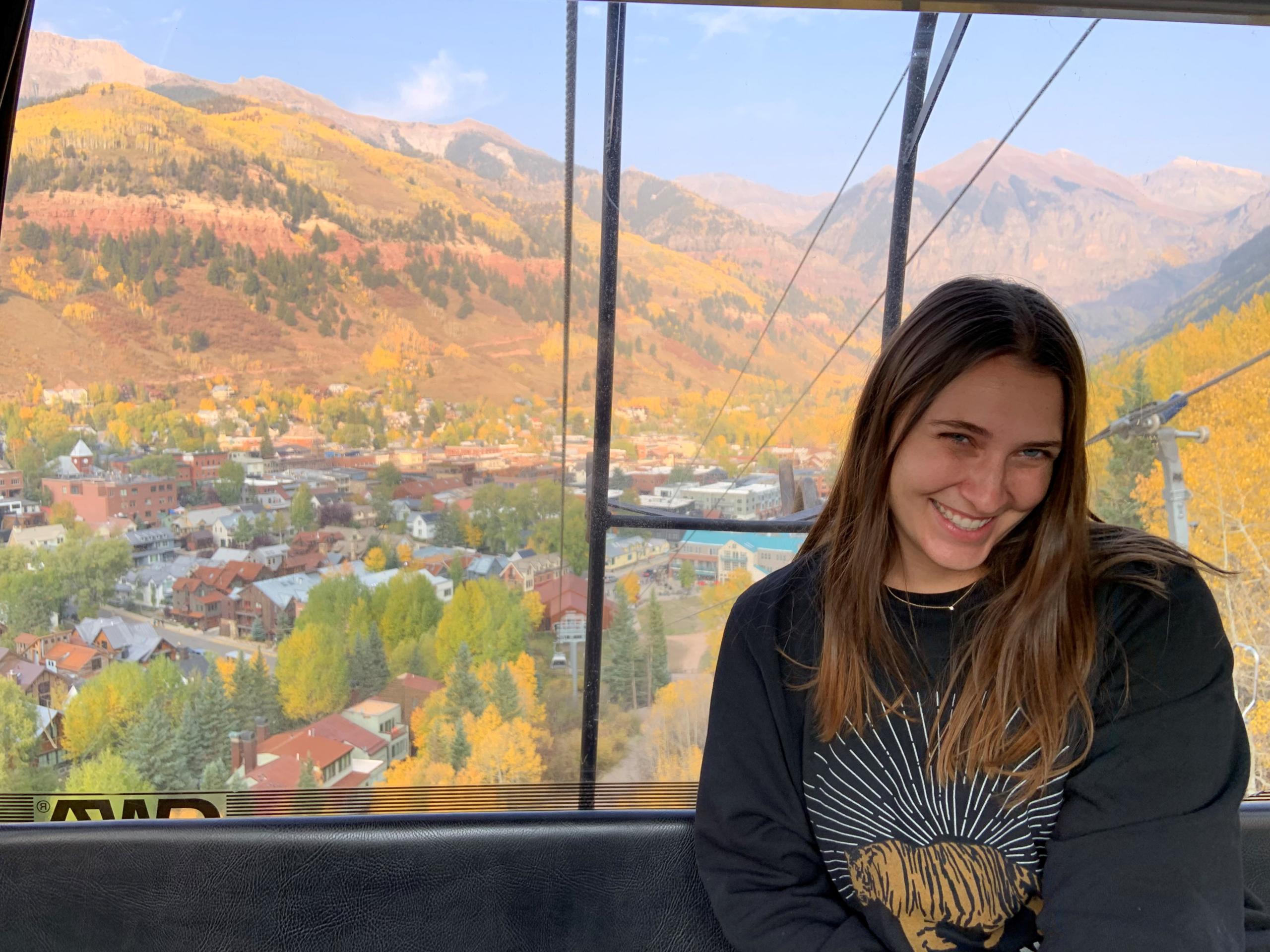
Editor’s note: This educational content is made possible with support from Anthem Foundation. Editorial control rests solely with Breakthrough T1D.
My T1D Diagnosis at 25
I was diagnosed with type 1 diabetes (T1D) in February of 2017, about one month before my 25th birthday. Before then, I had been feeling sick for a few months and most notably, one night I completely lost my vision. At the time, I was new to the Denver area, working as much as I could to make ends meet and living alone. I decided to go to a doctor, who quickly diagnosed me with nearsightedness and sent me home with instructions to see an optometrist. Eventually, my symptoms got worse and I was unable to keep food down. I went again to see another doctor and it was determined all the symptoms were related to anxiety and I needed to take a combination of Xanax and Klonopin to reduce my stress levels. It wasn’t until I went to urgent care in February, now presenting with a yeast infection and thrush, that I was finally diagnosed with T1D after 2 hours in the exam room and multiple tests. My blood glucose levels were over 700 and I was admitted to the closest ER where I was refused insulin until I saw an endocrinologist to “confirm this really was diabetes.”
Being an adult and getting diagnosed was one of the most stressful events of my life. Not only was I forced to come to terms with my new diagnosis and re-learn how to eat, stay active, make friends, date, inject myself with insulin and much more, but the worst part was navigating the world of insurance. After about 3 months, almost all my hair fell out from stress, which made me feel even more self-conscious.
Stress and T1D
When I finally had my insurance sorted and was regularly seeing an endocrinologist, I was very lucky to have a physician’s assistant who believed in the importance of the relationship between mental health and blood glucose levels. We had many conversations, in person, over the phone and through my patient portal about reducing stress and anxiety levels and how they impact insulin resistance. We came up with coping mechanisms, like taking a walk or making a list, for when I was feeling overwhelmed. At the same time, I started dating someone new (my now husband) who was very supportive. He had a history of mental health issues and we were able to have open and honest conversations about how we were feeling. He helped me feel beautiful, strong and supported with my new diagnosis, which helped immensely.
COVID-19’s Impact
When the pandemic started, I knew I had to take extra precautions to stay safe. Thankfully, my job transitioned to work from home quickly and I was able to continue working at full capacity. With time, we all learned more about the virus and how it is spread which helped me to relax. For me, being able to learn and understand how to protect myself helped reduce my stress when I had to leave the house.
Addressing Mental Health Head On
A big change happened in my life when I met my husband. From the start, he had no shame in talking about his relationship with depression and anxiety and was able to identify how he had grown from that experience. I saw the way people relaxed around him when he would talk openly about his past. I was able to learn from him that it is important to talk about mental health, and to normalize the feelings and experiences we go through. When he encouraged me to talk to my primary care physician about how I had been feeling and the general anxiety I was experiencing daily, it was like a weight had been lifted. She was able to assure me that I was not alone, and there were strategies and medications to help.
Time to De-Stress
My favorite way to de-stress is to put on a playlist and dive into preparing a meal. I come from a large European family and all of my favorite memories revolve around food and time spent in the kitchen. I tell myself, for the next hour I can focus on this task and forget about everything else going on in the world. Also, living in Colorado I find it mandatory to get outside as much as I can. At the beginning of the COVID-19 pandemic I was walking about 10 miles a day to get out of the house and take my mind off what was happening in the world.
Lydia’s story is one of many in the T1D community who have learned to manage their stress levels and anxiety through exercise, hobbies and/or speaking to a professional. If you’re interested in learning more about the mental health management resources Breakthrough T1D has available, visit here. Breakthrough T1D has also created a section exclusively focused on Coronavirus and T1D, which provides the latest information and recommendations from experts for the T1D community. To learn more, visit JDRF.org/coronavirus.